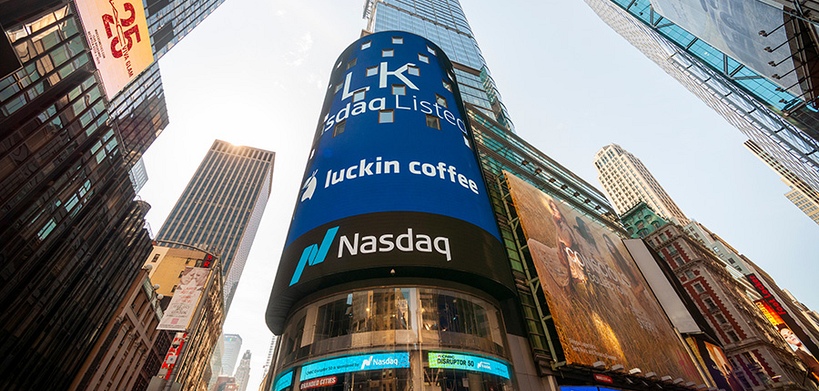
- The FTSE is eyeing 7,899.58 as its nearest support level
- The FTSE made an initial breakout above its 21 day Simple Moving Average at 7,930, a potential indicator of a newly emerging bullish phase.
Following 14 days of flat trade, Pointing in a similar direction, yesterday's session was more of the same — after ending Monday at 7,929.79, the FTSE went up to 7,959.77 only to drop back to its starting point and close at 7,919.48.
The index has been trending positively for about 2 months. After hitting an important low of 6,826.2 approximately 4 months ago, the FTSE has bounced back 16.17% since.
With regards to technical trend indicators, chart analysis show that FTSE made an initial breakout above its 21 day Simple Moving Average at 7,930, a potential indicator of a newly emerging bullish phase. Analysis based on the asset volatility indicates that the FTSE's upper Bollinger Band® is at 8,021.5, suggesting that a downward move may follow. Chart analysis indicates the FTSE is approaching key support, around 19.9 points away from 7,899.58. Dipping below could indicate further losses are ahead while a failure to break below this level is likely to be seen positively by market bulls.
The current technical outlook indicates the FTSE will continue to ebb sideways within tight ranges for the immediate future.
Fundamental indicators – United Kingdom Mortgage Rate (GBP) (Feb) released yesterday at 10:30 UTC with a figure of 7.02, while the previous figure was 6.66.
While the FTSE was pretty flat yesterday, mixed performances were seen elsewhere as after ending yesterday's session at 33,431, Dow Jones lost 575 points and is trading around 32,856. S&P 500 is down to 3,986.37, losing 62.05 points, after ending the previous session around 4,048.42. After ending yesterday's session at 2,463.35, KOSPI Composite Index lost 28.93 points and is trading around 2,434.42.
Upcoming fundamentals: United Kingdom RICS House Price Balance (Feb) scheduled to come out tomorrow at 00:01 UTC.

 |
|  March 08, 2023
March 08, 2023







